Alongside our award-winning work, Arbor Realty Trust’s nationwide staff consistently gives back to the communities where we live and work. This fall, several of our teams rolled up their sleeves to assist Habitat for Humanity chapters in Miami and Boston with housing initiatives that are making a difference locally.
Emerging Multifamily Trends for 2026

Rental housing’s long-term investment outlook remains head and shoulders above its peers, driven by structural supply constraints and steady demand growth, finds the 2026 Emerging Trends in Real Estate report. Explore this trend and other key takeaways from the 47th edition of Urban Land Institute (ULI) and PwC’s influential industry report.

Small Multifamily Extends Quarterly Valuation Gains
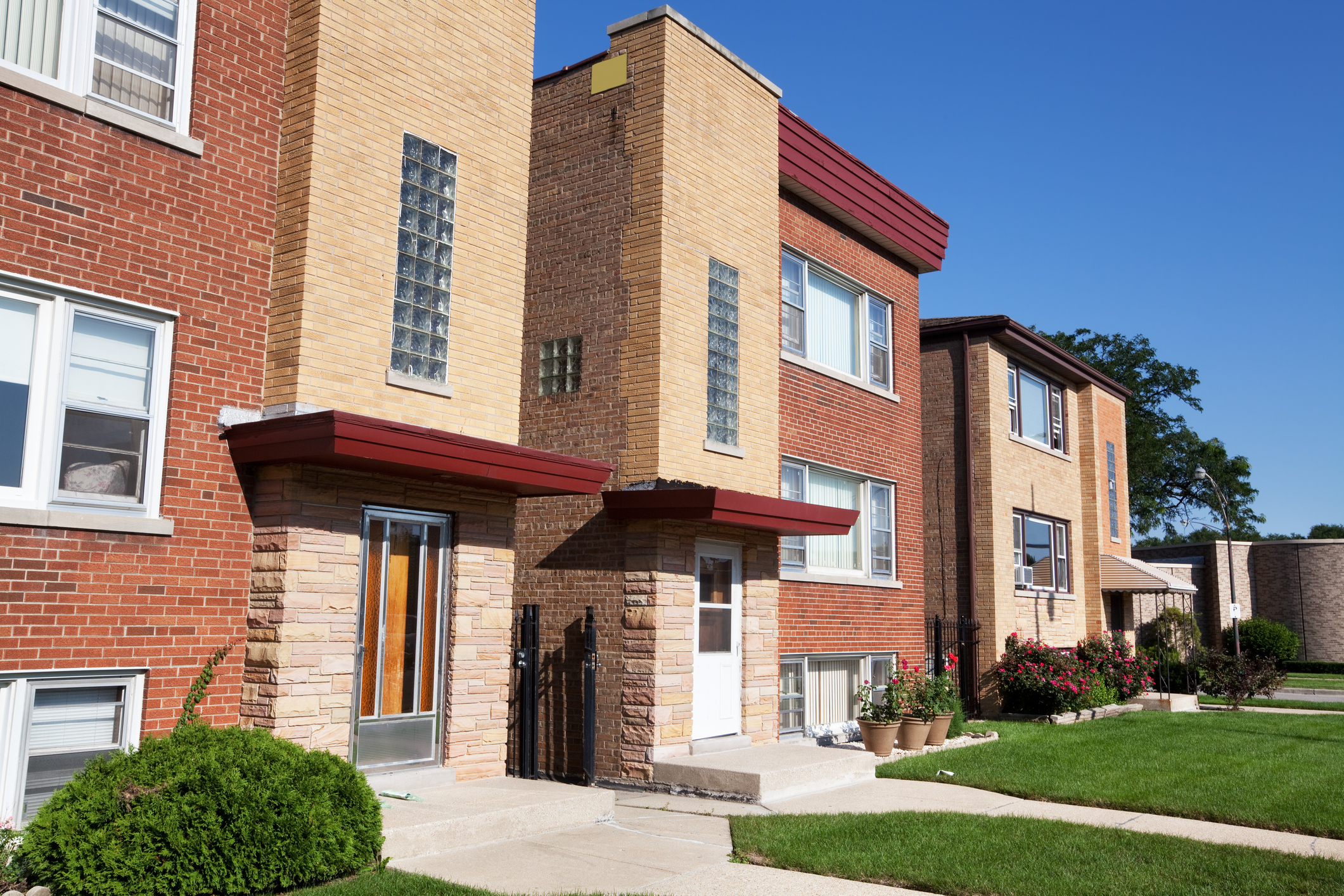
Small multifamily assets have begun to settle into a consistent pattern of growth following two years of price corrections. Building on the findings of Arbor Realty Trust’s Small Multifamily Investment Trends Report Q4 2025, our research teams look more closely at recent pricing trends and the factors driving the turnaround.

FHFA Loan Caps for 2026: What Multifamily Borrowers Need to Know
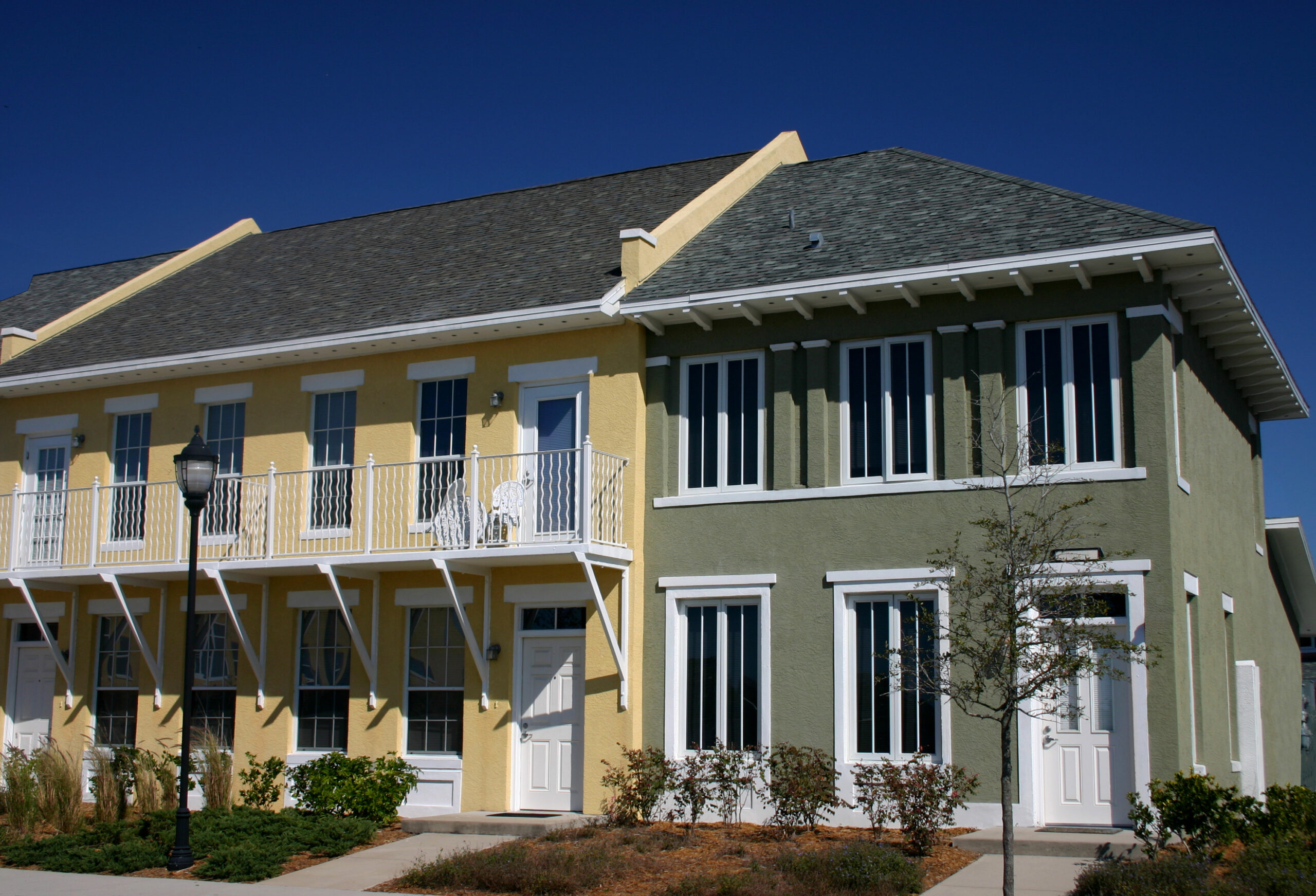
The Federal Housing Finance Agency (FHFA) announced a $30 billion boost to Fannie Mae and Freddie Mac’s volume cap for loan purchases in 2026 to $176 billion ($88 billion for each agency). This increase in FHFA loan caps for 2026 aligns with industry expectations, given the anticipation of improving market conditions and lending activity expected in a lower interest rate environment. Next year’s cap for the Government-Sponsored Entities (GSEs) is an increase of approximately 20% from the $146 billion limit set for 2025.

Affordable Housing Trends Report Fall 2025
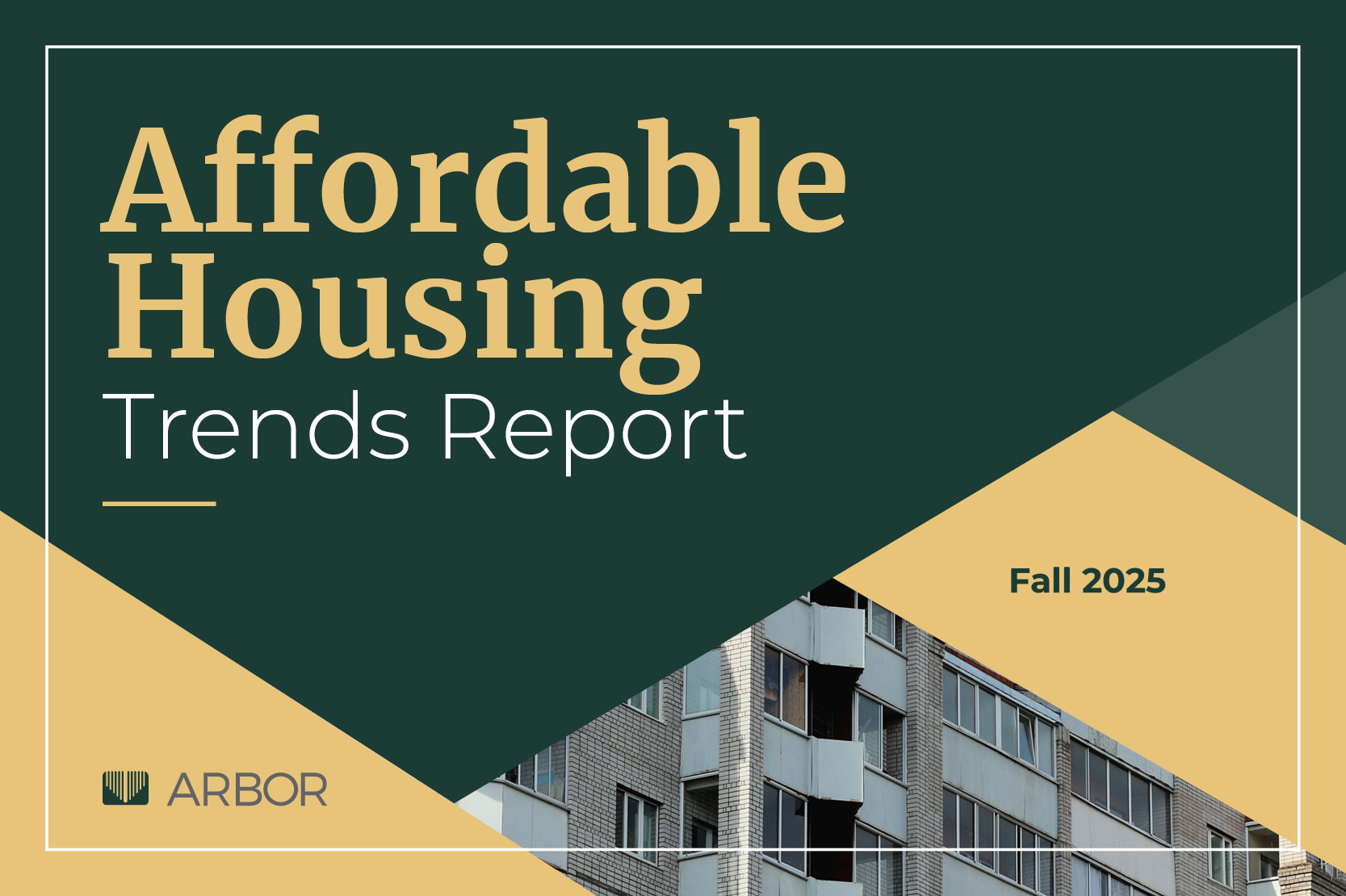
As the cost of living in the U.S. climbs, the shortage of affordable housing is a persistent challenge for many communities. While progress has been uneven to date, Arbor Realty Trust and Chandan Economics document federal and state initiatives aimed at creating positive change. In a sector known for its strength, stability, and consistency, new and old affordable housing opportunities are converging as the nation accelerates construction.

Small Multifamily Investment Trends Report Q4 2025
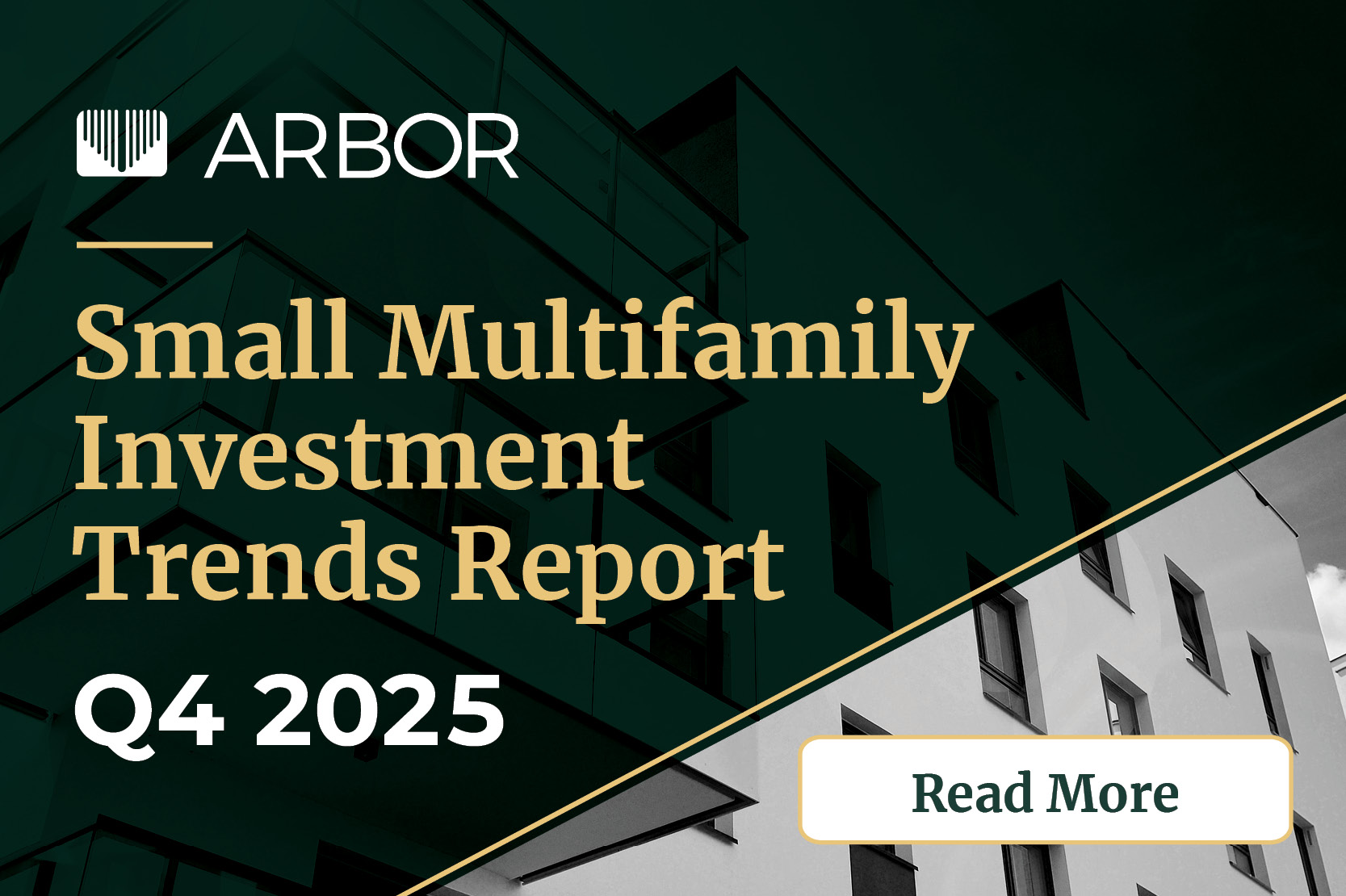
Arbor Realty Trust’s Small Multifamily Investment Trends Report Q4 2025, developed in partnership with Chandan Economics, outlines the long-term positives reinforcing the sector’s growth amid macroeconomic uncertainty. With capital market activity poised to increase, small multifamily’s healthy fundamentals position it to trend higher in the next cycle.

Top Markets for Multifamily Investment Report Fall 2025
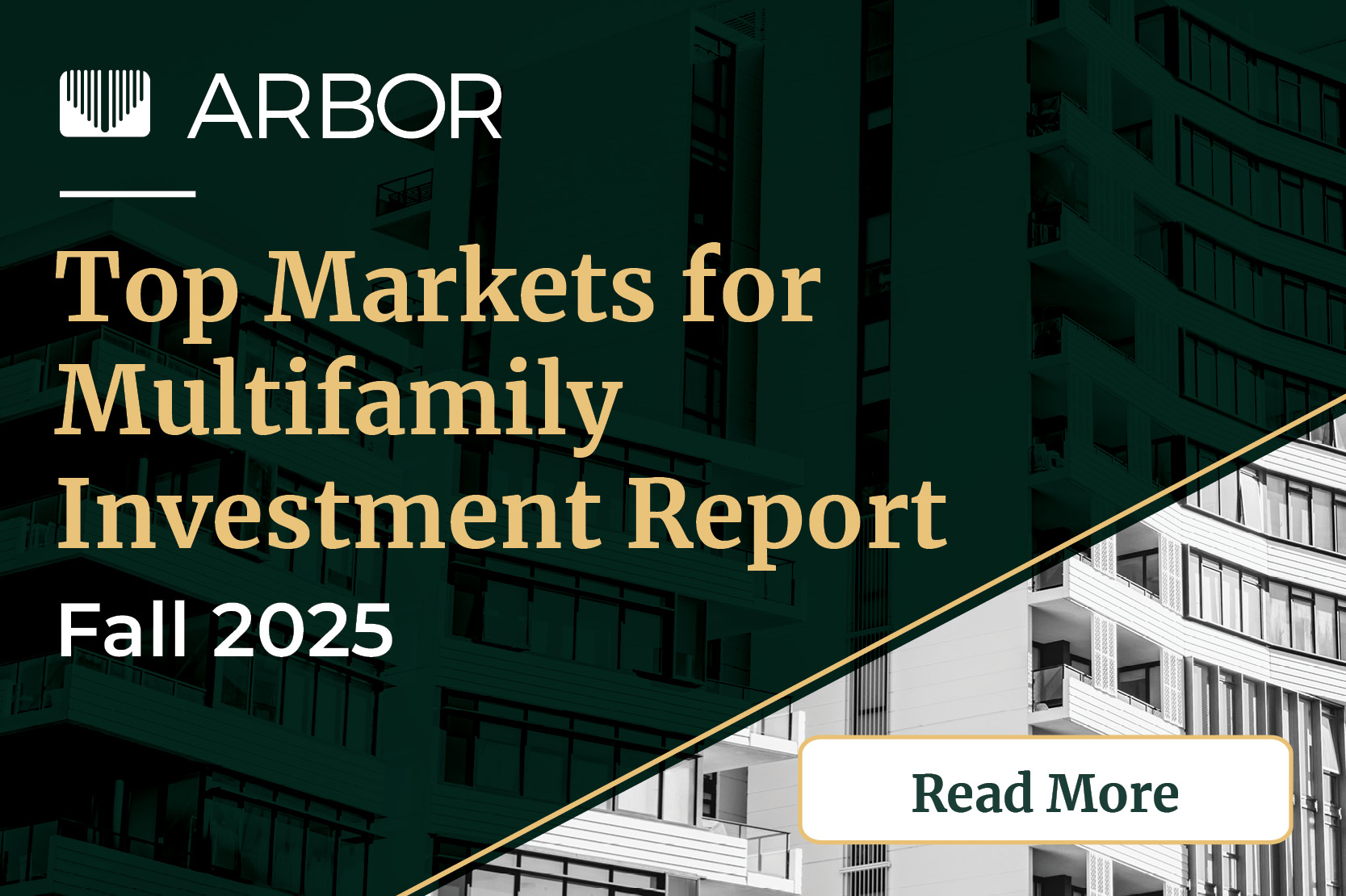
As headwinds fade and transaction volume rises, market knowledge is a critical advantage to commercial real estate investors. The Arbor Realty Trust-Chandan Multifamily Opportunity Matrix analyzed a wide range of factors within the 50 largest U.S. metros to assess market strength and durability. From maturing, dynamic metros to affordable, opportunity-rich markets, our biannual report is a roadmap to the top locations for capital deployment.

Bridge Lending Solutions: Efficient Financing for Savvy Sponsors
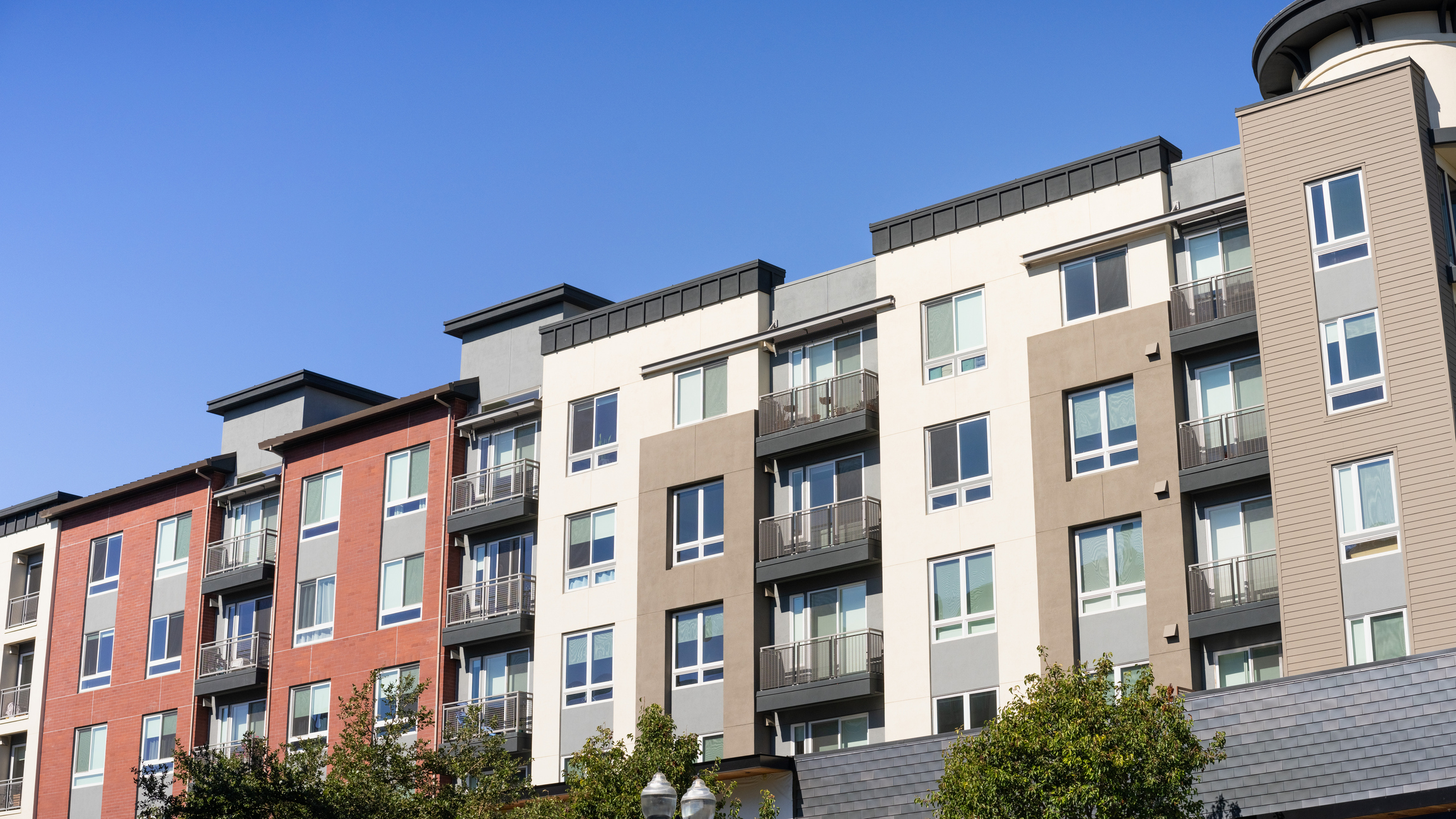
Sponsors today are increasingly choosing bridge lending solutions to capitalize on opportunities during the lease-up and stabilization phases, with multifamily completions projected to remain elevated through 2030. Bridge loans, when paired with a lender equipped to support your investment needs from construction through permanent financing, can effectively position borrowers for long-term success.

Special Report Fall 2025: Turning a Corner
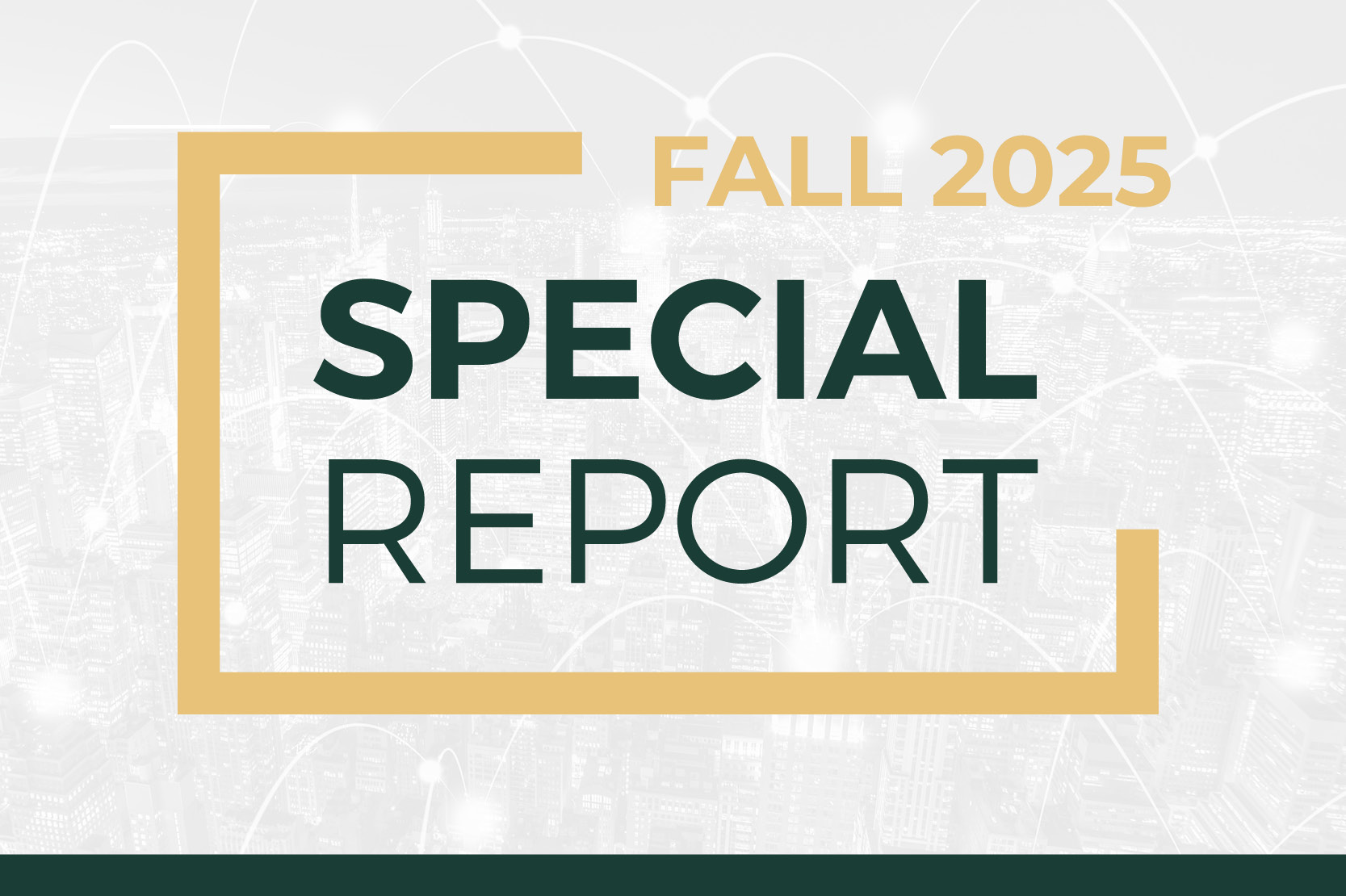
After proving its resilience, the multifamily real estate sector is positioned to thrive in the next growth cycle. While uncertainties persist and risks remain, new federal policies and long-awaited interest rate relief have brought optimistic investors back to the table with a new sense of urgency.

Financing Workforce Housing: A Stable and Value-Add Investment
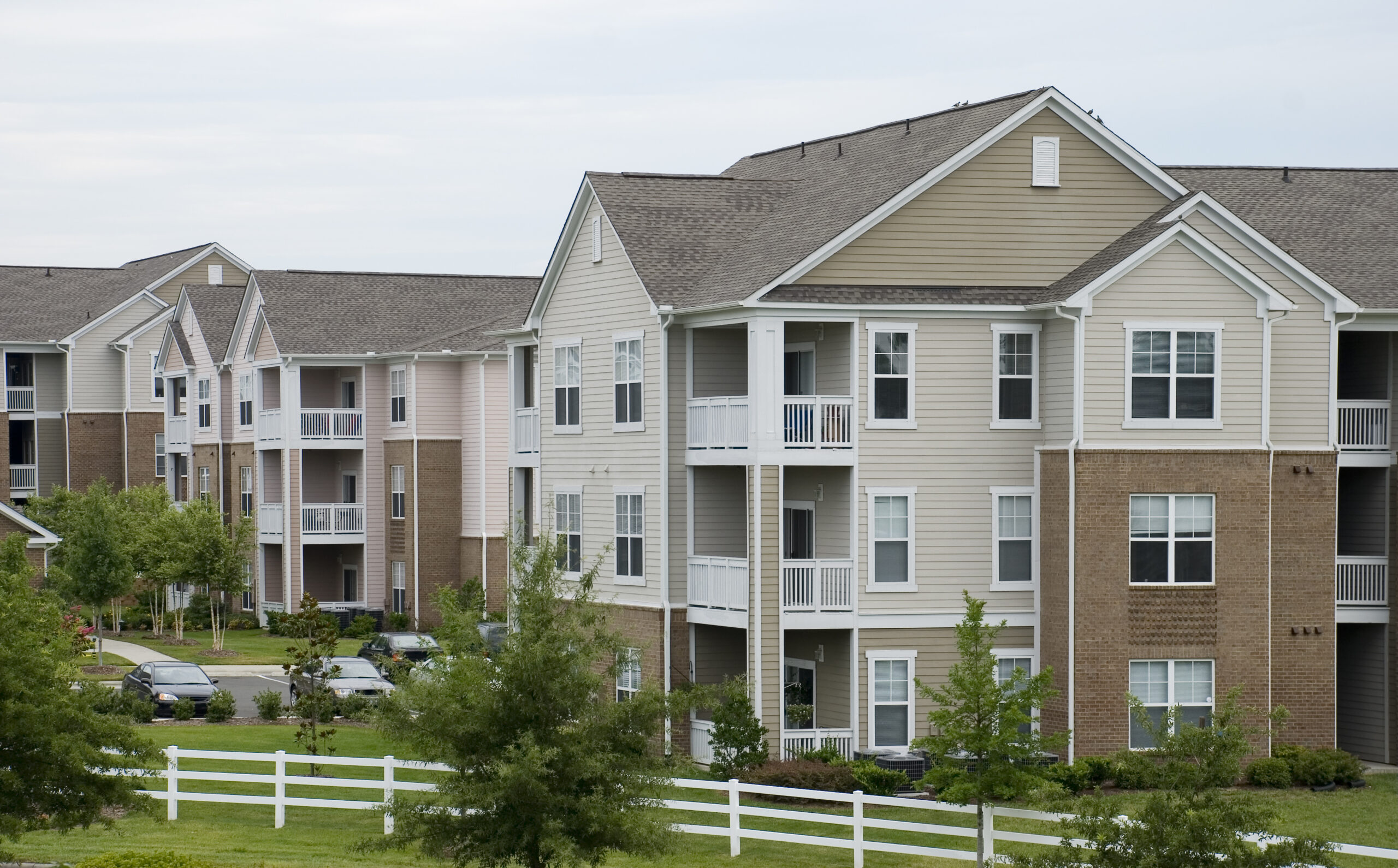
Fannie Mae and Freddie Mac, which operate under the Federal Housing Finance Agency’s Duty to Serve Plan, have made financing workforce housing a central component of creating more equitable and sustainable access to quality rental housing. With a wide range of programs and incentives now available, investors have been increasingly securing stable and valuable opportunities, which can also improve the lives of cost-burdened middle-income professionals.

Government Shutdown: What Multifamily Borrowers Need to Know
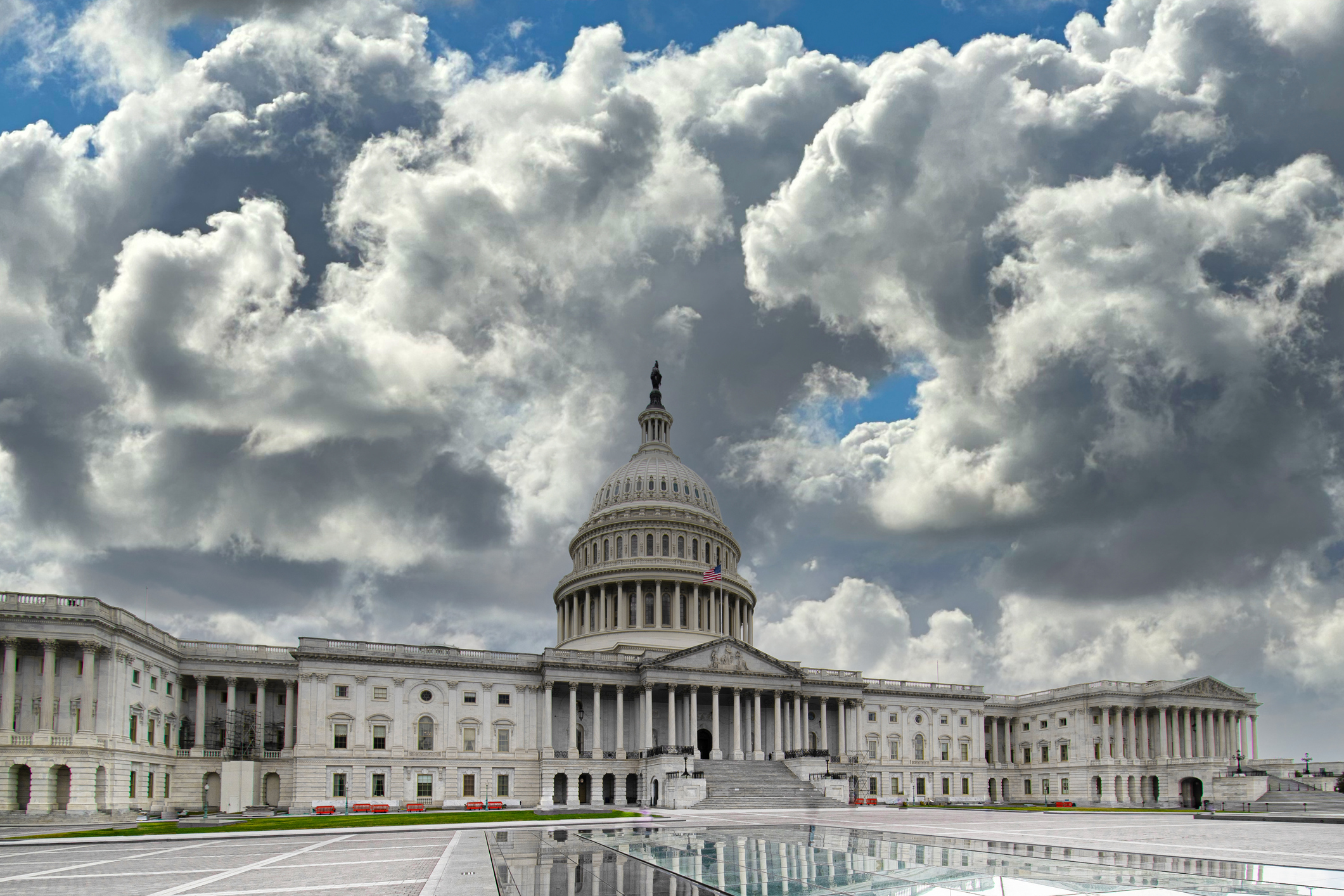
Unless an 11th-hour agreement is reached, a political impasse over budget legislation for the next fiscal year will trigger a federal government shutdown. Starting October 1, 2025, many non-essential federal government operations could potentially be limited or suspended, but most multifamily financing activities will not be disrupted.


